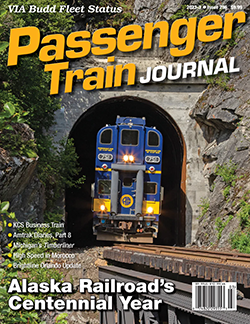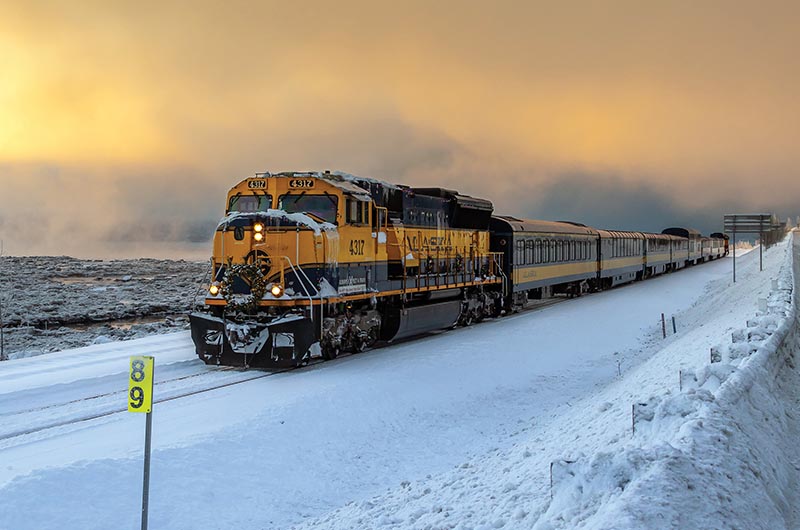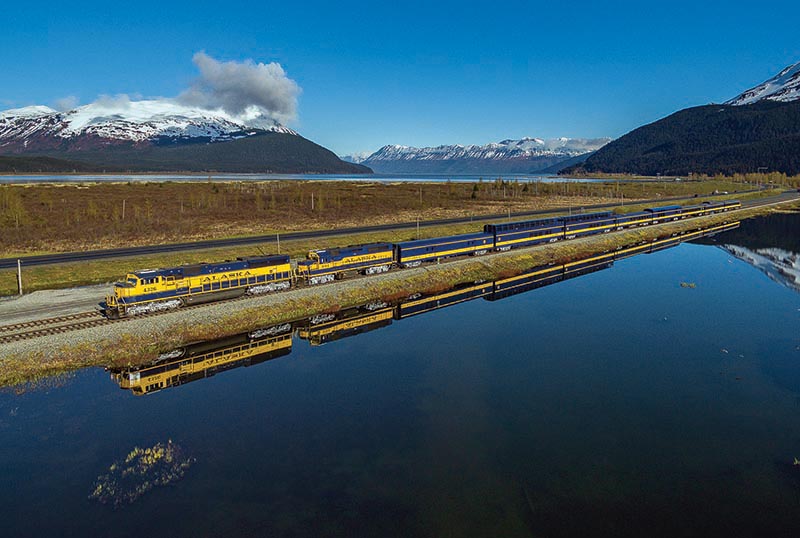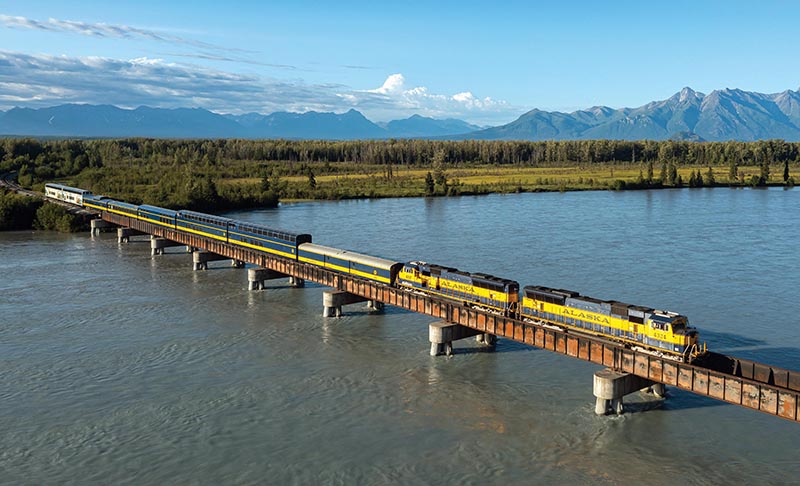 by Frank Keller/photos by the author
by Frank Keller/photos by the author
Much has been written about Alaska, and nicknames abound: Land of the Midnight Sun; The Last Frontier; The Great Land; Seward’s Folly. But no matter what you call it, Alaska is large — bigger than the next three largest states (California, Texas, and Montana) combined, or roughly one-fifth the size of the entire Lower 48 states. Located within Alaska are more than three million lakes; the tallest peak in North America, Denali (formerly known as Mt. McKinley); the largest road-accessible glacier in the U.S. (the Matanuska Glacier, along the Glen Highway); along with roughly 130,000 grizzly and black bears, a ratio of about one bear to every six residents. Throw in some 130 volcanos, and Alaska is a place most people would love to visit. If I were to guess, it is likely on most folks’ bucket list. In my 15-year association with Alaska, I have become an avid promoter of the state and think everyone should visit at least once — and, more importantly, ride an Alaska Railroad passenger train. In doing so, you can really enjoy the beauty that surrounds the railroad, from Seward in the south to Fairbanks in the north.
A Century in the Making
Construction of the Alaska Railroad goes all the way back to 1903, beginning with Alaska Central Railroad before being reorganized a couple of times, eventually becoming the Alaska Railroad in 1914. On July 15, 1923, President Warren G. Harding drove home the gold spike signifying completion of the Alaska Railroad, 467 miles of route built through some of the toughest conditions known, at a cost of approximately $60,000,000 — some $25,000,000 more than the original mandate called for. Much has changed since the driving of that gold spike 100 years ago, but one thing remains the same: the Alaska Railroad still carries passengers and freight between Anchorage and Fairbanks year round.

ABOVE: On the three Saturdays preceding Christmas in 2022, Alaska Railroad’s Holiday Trains returned after a pandemic hiatus. Run in push-pull fashion from Anchorage to Indian, the second train of the day’s arrival coincides with sunset on the short winter day.
Fortunately, it appears that during the Alaska Railroad’s centennial celebration year in 2023 the low passenger counts of the pandemic are mostly behind it. Passenger traffic had steadily been building prior to the onset of Covid, culminating in 2018 with 531,611 total passengers. In 2019, the last full season before pandemic-related shutdowns, passenger traffic declined slightly (by roughly 1.8 percent) to a still-impressive total of 522,101. However, as you might expect, traffic took a real downturn in 2020.
The Alaska Railroad’s passenger sea-son begins in mid-May, and since Alaska generally, and the Alaska Railroad in particular, are so tourist-dependent, it wasn’t long before what had promised to be a prosperous 2020 season went up in smoke. Cancellations of existing book-ings poured in to the railroad. People were afraid to travel, and for those still willing, transportation with airlines and cruise lines was extremely limited.

ABOVE: Another SD70MAC/GP40-2 duo leads the southbound Coastal Classic at Portage on May 7, 2016, with Turn-again Arm (a tidal branch of Cook Inlet) in the background. Alaska Highway 1 closely parallels ARR’s main line here.
The year 2020 was a horrible year for passenger traffic on the railroad. Passengers carried totaled a dismal 32,069, roughly a 94 percent decrease from the previous year. Nearly 100 percent of those passengers were locals brought to the railroad by marketing to the local population, and a rigid pandemic policy that allowed folks to travel safely aboard Alaska Railroad’s well-appointed trains. Much as the airlines had done, the railroad required passengers to wear a mask (unless actively eating or drinking) and maintain safe distances from the other passengers. The railroad reduced capacity on all trains to 50 percent and kept passengers not traveling together well separated from each other. This was much easier to do on a train than an airplane, and the 50 percent capacity restriction really allowed for true separation.
Obviously, the reduced number of travelers had a direct impact on the railroad’s bottom line but it also affected the railroad in a much deeper way. The Alaska Railroad is a seasonal operation — a Jekyll and Hyde, if you will, busy during the summer tourist season and slower during the cold winter months. Many of the operating employees are seasonal and, as such, work mostly during the passenger season. The difference between winter and summer employees on the transportation side of the ledger is 50 percent. The railroad employs about 130 conductors and engineers during the summer and roughly half that number once passenger season has ended.
The railroad normally starts gearing up for summer by recalling employees laid off in the fall, but not knowing the out-come and being unsure of the duration of the pandemic they were unsure on exactly how to proceed. Ultimately, a decision was made to delay the start of the passenger season until July 1 and offer abbreviated passenger service; normally service begins about mid-May. The trains that ran had reduced schedules; there were no cruise trains for the year as a result of no cruise ships calling on Alaska Railroad-served ports. As a result of the smaller passenger counts, as well as reduced crew needs, it did not make sense to recall every employee laid off at the end of the previous season. The passenger season ended early as well, with trains not running past the end of August…



